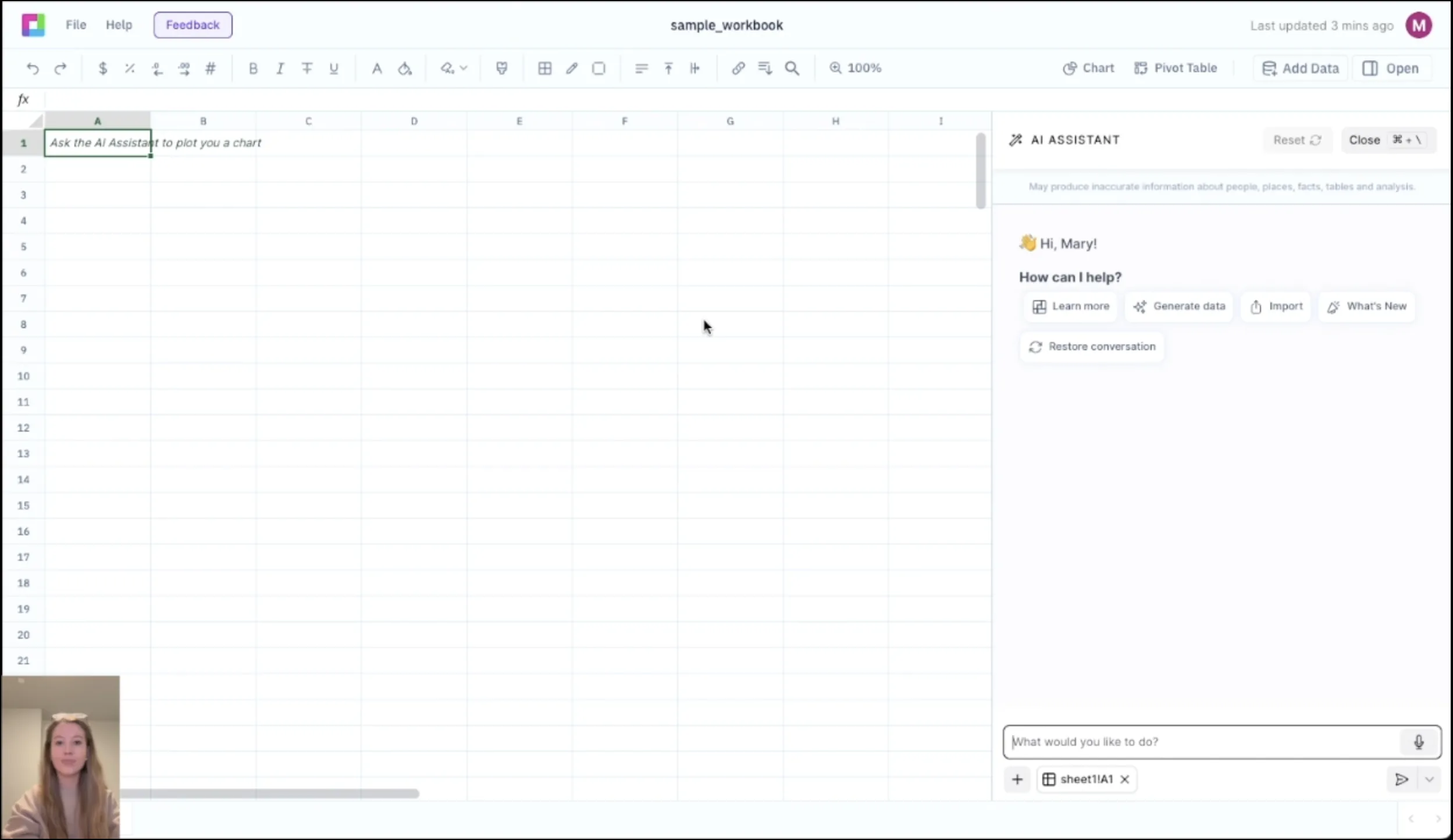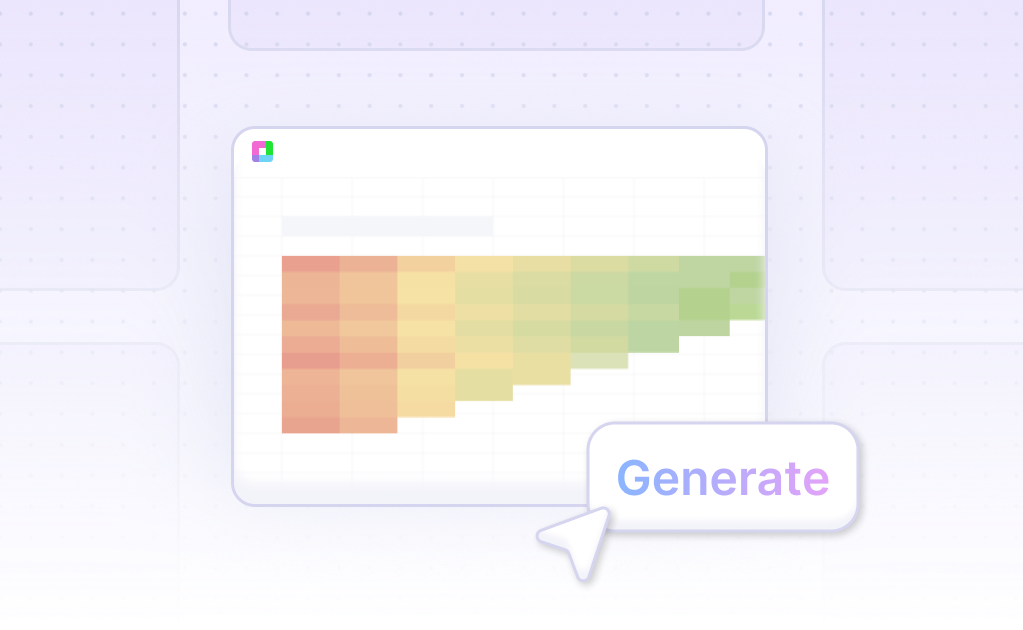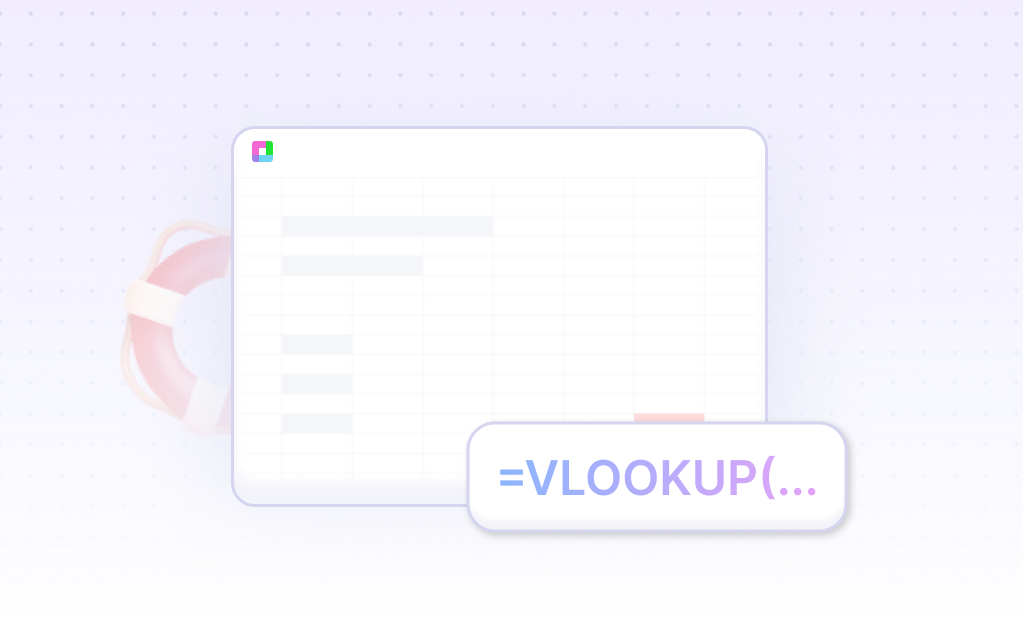
Master Digital Lending with Advanced Credit Analytics
Digital lending platforms require sophisticated alternative credit scoring, automated underwriting processes, and comprehensive risk assessment capabilities. Our Digital Lending Platform template provides comprehensive tools to assess credit risk, automate lending decisions, and optimize loan portfolios with institutional-quality frameworks for fintech lenders and digital lending platforms.
From credit scoring to portfolio management, enhance lending operations. Built for fintech lenders, credit analysts, and digital lending platforms, this template helps you assess credit risk, automate underwriting, and optimize lending performance.
Comprehensive Alternative Credit Scoring Framework
Alternative Data Sources
Utilize alternative data sources with open banking data, social media analysis, and behavioral analytics. Enhance credit decisions with comprehensive data beyond traditional credit scores.
Machine Learning Credit Models
Implement ML credit models with gradient boosting, neural networks, and ensemble methods. Improve credit decision accuracy and reduce default rates.
Risk Segmentation & Pricing
Segment credit risk with customer profiling, risk-based pricing, and portfolio optimization. Optimize loan pricing and improve risk-adjusted returns.
Credit Decision Automation
Automate credit decisions with decision trees, rule engines, and approval workflows. Reduce processing time and improve customer experience.
Automated Underwriting & Portfolio Management
Automated Underwriting System
Implement automated underwriting with income verification, debt-to-income analysis, and affordability assessment. Streamline lending processes and reduce manual intervention.
Peer-to-Peer Lending Platform
Manage P2P lending with investor matching, loan facilitation, and marketplace analytics. Optimize funding costs and improve investor returns.
Loan Portfolio Analytics
Analyze loan portfolios with performance metrics, vintage analysis, and cohort tracking. Monitor portfolio health and optimize lending strategies.
Collections & Recovery
Optimize collections with recovery strategies, payment analytics, and workout programs. Minimize credit losses and improve collection efficiency.
Frequently Asked Questions
How does it use alternative data sources?
The template utilizes alternative data sources with open banking data, social media analysis, and behavioral analytics. It enhances credit decisions with comprehensive data beyond traditional credit scores.
Can it implement machine learning models?
Yes, the template implements ML credit models with gradient boosting, neural networks, and ensemble methods. It improves credit decision accuracy and reduces default rates.
How does it automate underwriting?
The template implements automated underwriting with income verification, debt-to-income analysis, and affordability assessment. It streamlines lending processes and reduces manual intervention.
Does it support peer-to-peer lending?
The template manages P2P lending with investor matching, loan facilitation, and marketplace analytics. It optimizes funding costs and improves investor returns.
How does it optimize collections?
The template optimizes collections with recovery strategies, payment analytics, and workout programs. It minimizes credit losses and improves collection efficiency.
Related Lending Tools
Connect your most-used data sources and tools to Sourcetable for seamless analysis.
Frequently Asked Questions
If you question is not covered here, you can contact our team.
Contact Us





